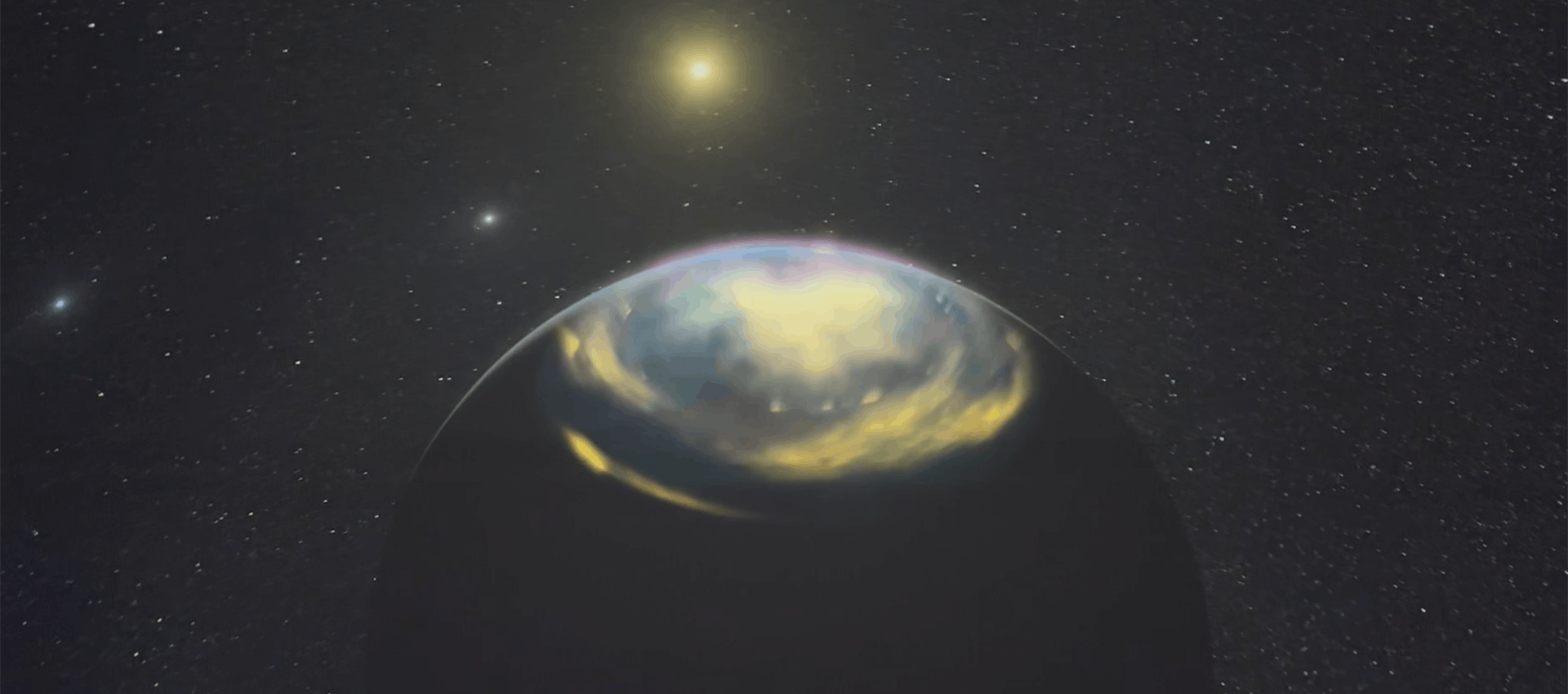
Northern Lights on Other Planets
Travellers journey to Iceland from around the world to catch a glimpse of the green, white, and red northern lights dancing in the night sky. There's something special about bundling up in your warmest winter gear, trekking outside main towns to avoid bright lights, and hunting for northern lights. However, while the auroras shine bright on our home planet, let's learn about northern lights throughout the solar system.
How do the Northern Lights Form?
The Aurora Borealis is a phenomenon caused by the Earths magnetic field and the solar winds, which blow electronic particles into molecules of atmospheric gases, causing an emission of bright light. The best time to see northern lights is from September to March, and there are forecasts predicting visibility on the national weather website (www.vedur.is). When the forecast is favourable, it's best to drive (or take a tour bus) to a dark area and look up.
Where is it Possible to See the Northern Lights on Earth?
Typically, the Northern Lights are visible between latitudes 60 and 75 degrees, encompassing countries like Iceland, Norway, Finland, Sweden, Greenland, Russia, and Alaska in the US and certain regions of Canada. While it's rarer, there are instances when the auroras can be spotted in the northern parts of the US, as well as in northern England and Scotland.
Auroras on Different Planets
While some planets and moons in our solar system have auroras of their own, they are fundamentally different from the auroras on Earth.
Jupiter
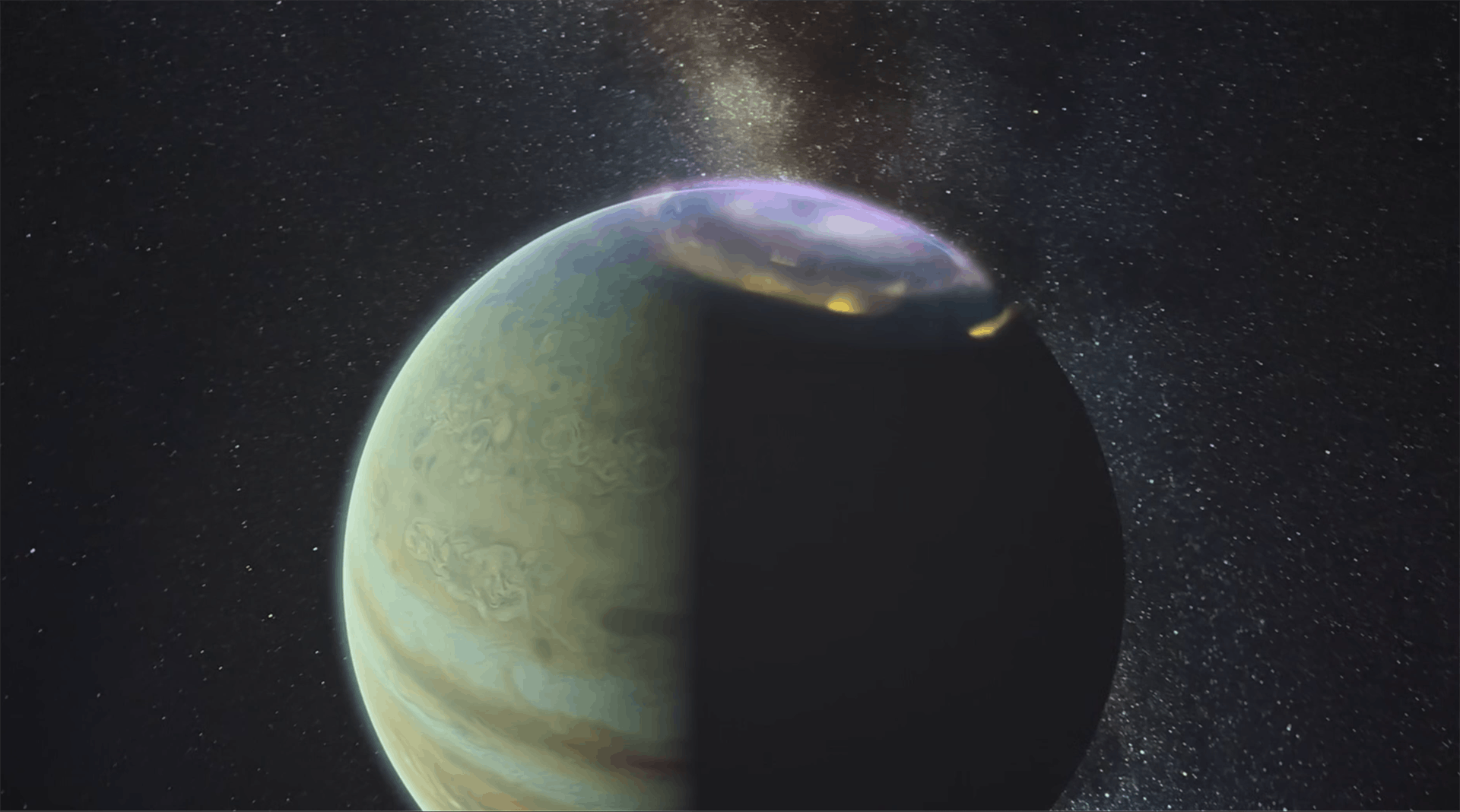
Jupiter, the largest planet in our solar system, has a powerful magnetic field and a strong interaction with its moon. This interaction produces auroras on Jupiter, primarily invisible to the naked eye. These auroras are also quite different in appearance from Earth's bright green auroras.
Saturn
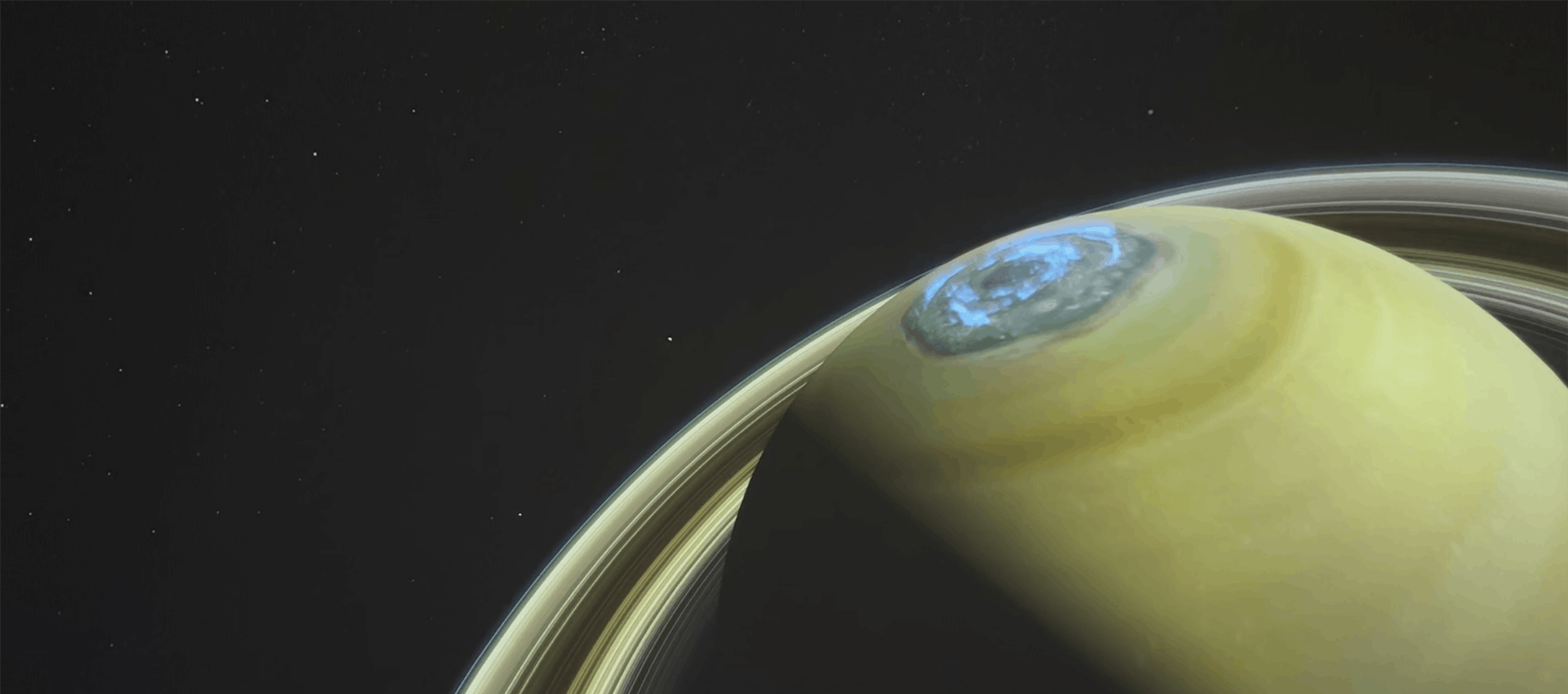
Saturn's moon, Titan, has a thick atmosphere and a complex interaction between the solar wind and its magnetic field. This interaction can lead to auroras on Titan, but as with Jupiter, these are invisible to the human eye.
Mars
Mars has a fragile magnetic field compared to Earth, which makes it less capable of producing strong auroras. Any auroras on Mars would likely be very faint and difficult to see.
Uranus and Neptune
The main differences between auroras on Uranus, Neptune, and those on Earth are their locations and the wavelengths at which they are observed. Earth's auroras are visible to the naked eye and occur near the poles. At the same time, Uranus and Neptune have auroras that are not visible to the naked eye and are found at lower latitudes due to the unique characteristics of their magnetic fields.
Venus
Venus has no magnetic field, so it does not produce auroras like Earth's.
How to See the Northern Lights in Reykjavík
You must avoid primary artificial light sources to improve your chances of seeing auroras. This is pretty easy to achieve since most of Iceland is open and sparsely populated. Tour guides know where to go without cloud cover, giving travellers the best chance of seeing auroras.
Where Can I Learn About Northern Lights in Reykjavík?
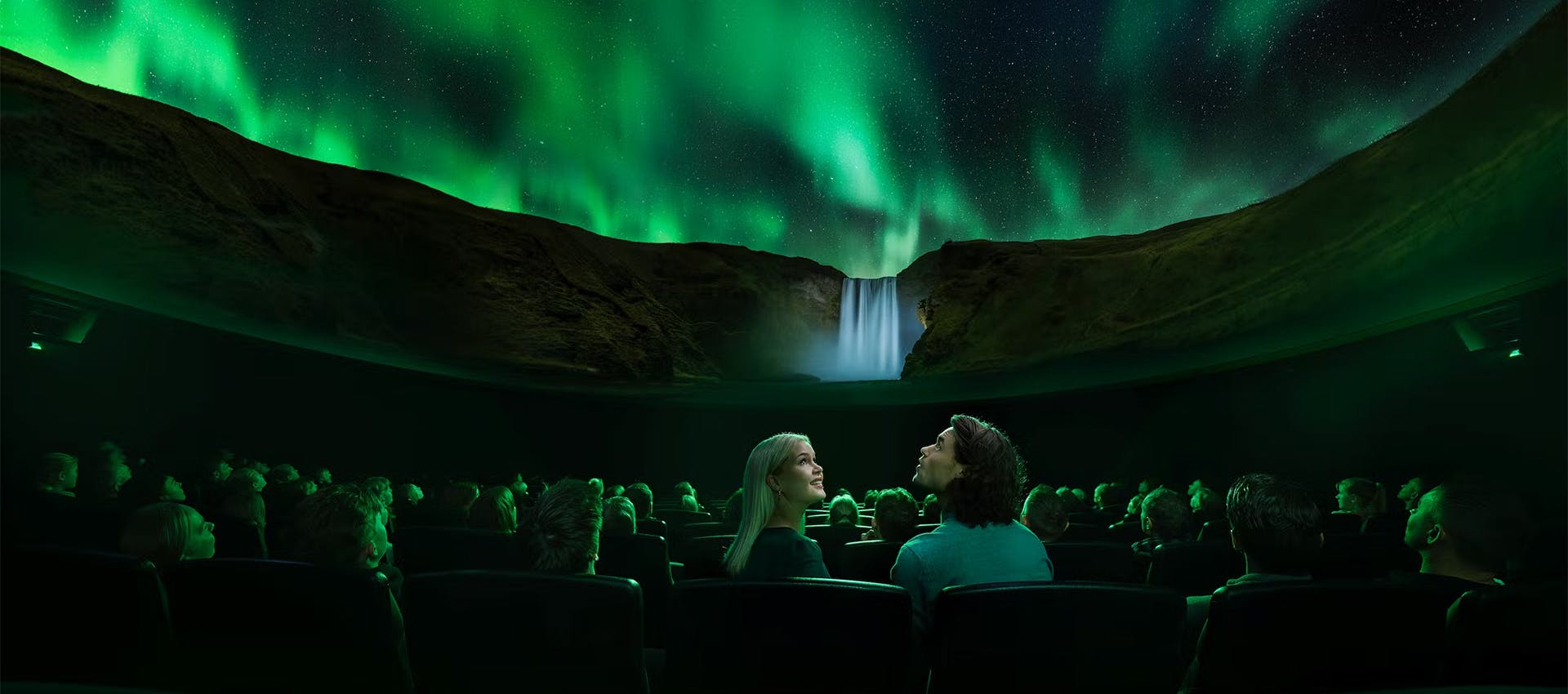
Perlan's Northern Lights Show, Áróra, is a breathtaking film about northern lights. The film includes many stories, combining science and art to create a unique experience for guests. At Perlan, you can learn how northern lights form, hear fascinating tales about them and see fantastic displays. In Icelandic nature and outer space, the northern lights virtually dance around you.
Perlan is home to Iceland's only planetarium and uses a state-of-the-art 8K projection system and surround sound system to bring you the full spectrum of the magical story of the northern lights.
FAQ
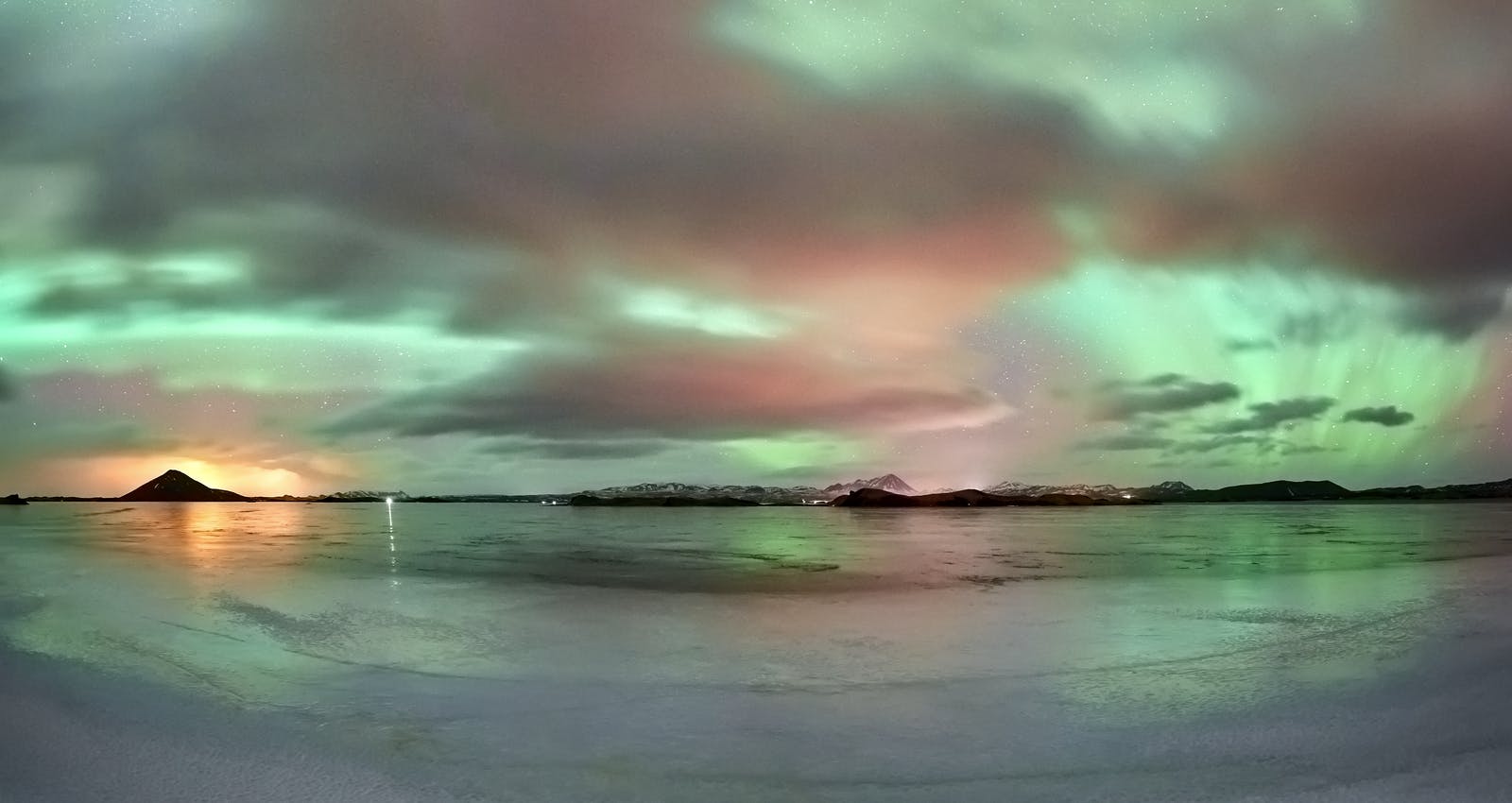
Which planet has the most auroras?
While other celestial bodies in our solar system can have their own versions of auroras, they are usually not visible to the naked eye. They are pretty different in appearance from the colourful and vibrant Northern and Southern Lights observed on Earth. Earth's unique combination of a strong magnetic field, a protective atmosphere, and interactions with solar wind particles creates the conditions for the stunning auroras we see here.
Does Mars have northern lights?
Mars has a fragile magnetic field compared to Earth, which makes it less capable of producing strong auroras. Any auroras on Mars would likely be very faint and difficult to see.
When is the best time of year to see northern lights in Iceland?
Any month in winter is an excellent time to see the northern lights, but it comes down to luck. The skies must be clear and dark for the lights to be visible. As you get closer to Iceland's midwinter, the nights get longer, and the aurora is easier to see. The conditions have to be right.
It's possible to see the northern lights from late August to early April, but it's best to visit between early September and mid-March. The night skies will be much darker, improving your chances. If you want an excellent shot at a sighting, travel to Iceland as close to midwinter as possible.
Popular articles

Reykjanes Volcanoes Overview
Enjoy a complete overview of the Reykjanes Volcanoes from 2021-2024. Learn about its geology, recent activity, and visitor tips for a safe, memorable experience.

Reykjanes Peninsula Volcanoes: Sundhnúksgígar Eruptions
The anticipated volcano has erupted in the Reykjanes Peninsula, the site is being called Sundhnúkagígar. See the historic insights on the seismic activity and volcanic eruptions.

Earthquakes in Iceland
Earthquakes in Iceland are a fact of life. Each year, hundreds of small tremors shake the earth, a reminder of the country’s position on a tectonic plate boundary.

Volcano Museums and Exhibitions in Iceland
If you don't manage to visit an actively erupting volcano in Iceland - Experience its force at one of these excellent volcano museums and exhibitions in Iceland.

Top 10 Places To See the Northern Lights in Iceland
You can see the northern lights across the country, but some spots are more suitable than others. Find the best place to see the northern lights in Iceland.

Ice Caves From Reykjavik
Travel beyond the capital for a closer look at an ice cave under one of Iceland’s glaciers. If you can’t spare the time, experience Perlan’s ice cave in Reykjavik.